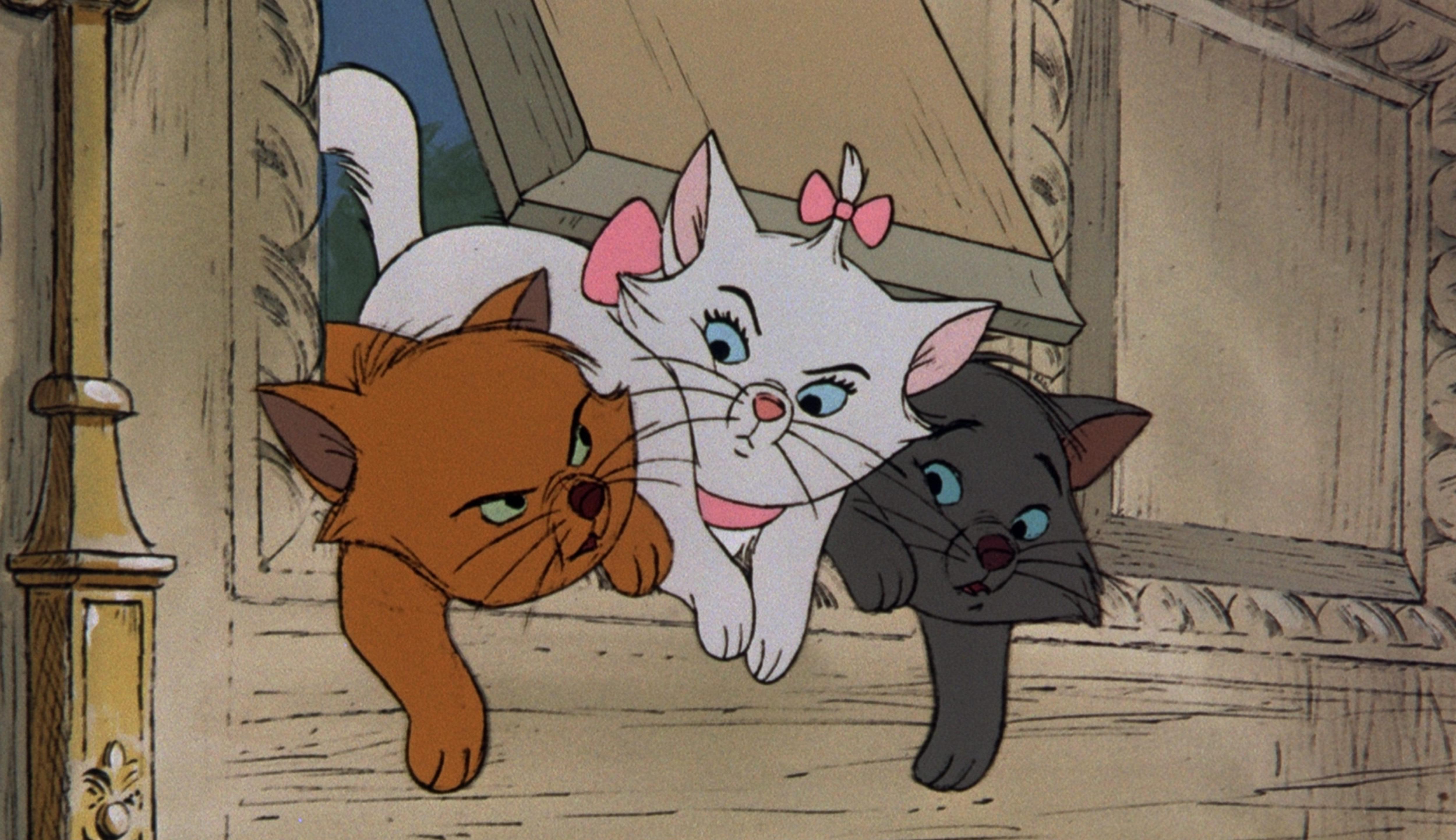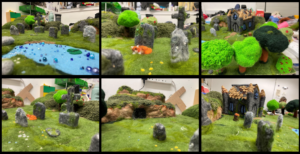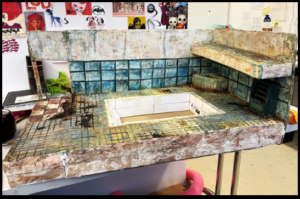Animation isn’t often the industry that most people think of when talking about environmental design, but like all industries it is responsible for a significant amount of pollution. Most of this pollution comes from electricity usage, studios use tons of electricity every hour to run their equipment, producing CO2 and waste water. However, in comparison to other industries, I would argue that the animation industry is one of the more sustainable out there, with its largest companies to its independent animators striving to reduce their impact. I will be researching this point further down the line of this course.


This week was our introductory lecture to the course, so I figure I should introduce myself. I am an animation student at Edinburgh College of Art, working mostly in 2D Digital. I am passionate about environmental issues, specifically through the lens of fashion. I feel very strongly about fast fashion and waste materials, and have been acquiring my clothing second hand since I was a child, through the likes of charity shops and eBay. I am mindful about environmentally friendly practices in different aspects of my life, but I have never really stopped to think in detail about how the industry I want to go into or my own personal practices in animation affect this. I am passionate about the DIY ethos and strongly anti-consumerism – if there’s something I really want then I can make it myself with what I have. This goes for clothing, but also my art and animation practices. I’m a huge fan of The Free Use Hub at Edinburgh College of Art and have recycled a huge amount of materials from there to use for tasks such as building sets and making prints. However, I have never considered what I can do to make my digital practices more sustainable besides making sure things are unplugged when not being used. Perhaps I will discover more about this over the next few months.


During this course I would like to discuss and further explore the medium of animation, how it can be used to educate and raise awareness about environmental issues, and the
environmental impact of the industry, both good and bad. I will be looking into
specific films and animations and how they depict the topic of environmentalism, whilst researching into sustainable film-making and other such topics that may spark my interest during this course. I hope to discover more about this, through lectures, readings and questioning my own choices.
Image Credits
- Roberts, J. (2021). A Study in Disney: ‘The Aristocats’ (1970) – ArmchairCinema.com. [online] ArmchairCinema.com. Available at: https://armchaircinema.com/a-study-in-disney-the-aristocats-1970/ [Accessed 19 Jul. 2025].
- Top 10 biggest animation studios in the world. (2021). DeeDee Studio. [online] 13 Dec. Available at: https://www.deedeestudio.net/en/post/animation-studio.
-
Martin, I. (2014). A deeper look at Hayao Miyazaki’s nature. [online] The Japan Times. Available at: https://www.japantimes.co.jp/culture/2014/08/02/books/book-reviews/deeper-look-hayao-miyazakis-nature/.

